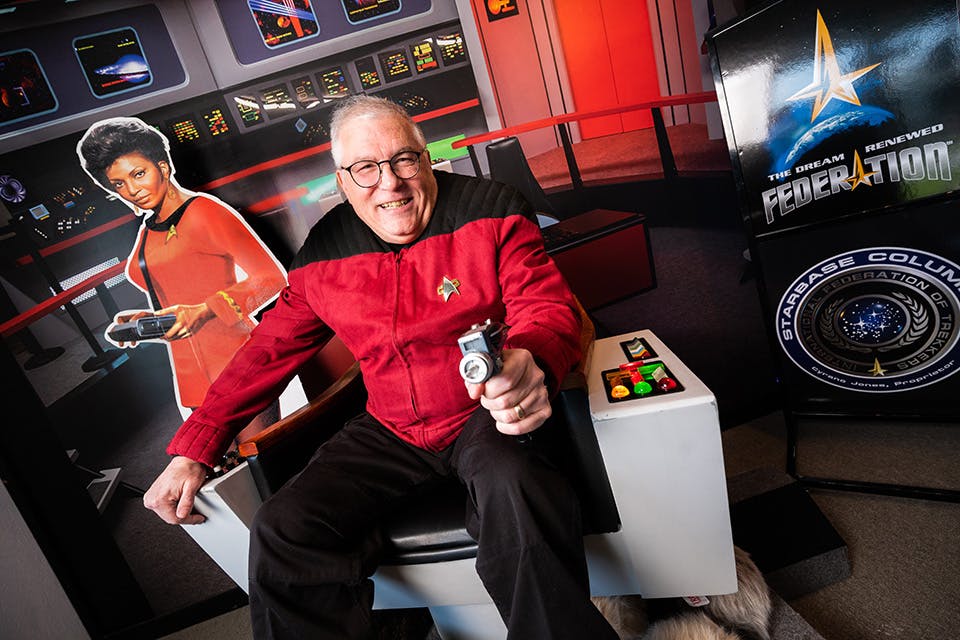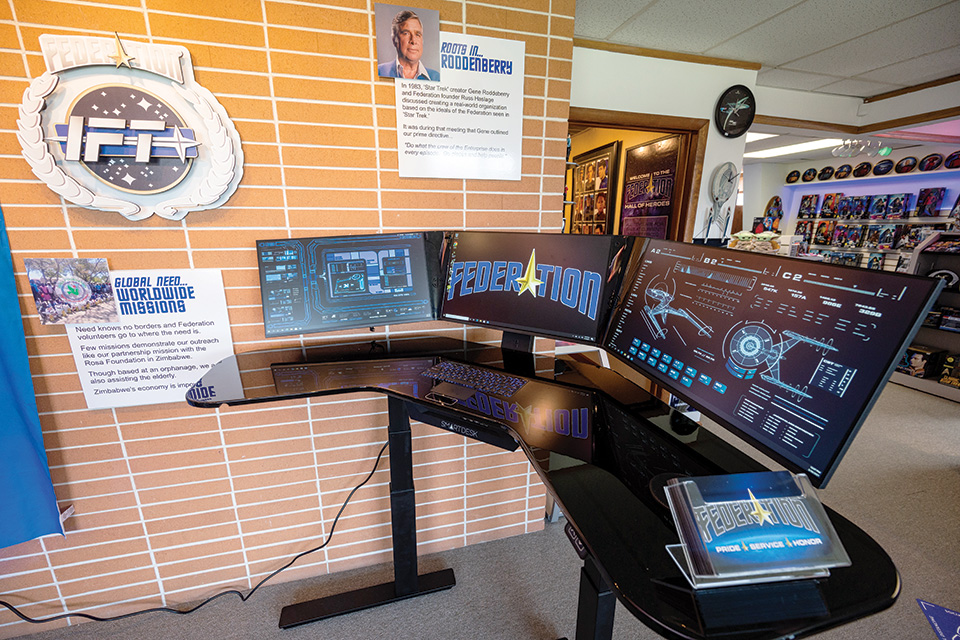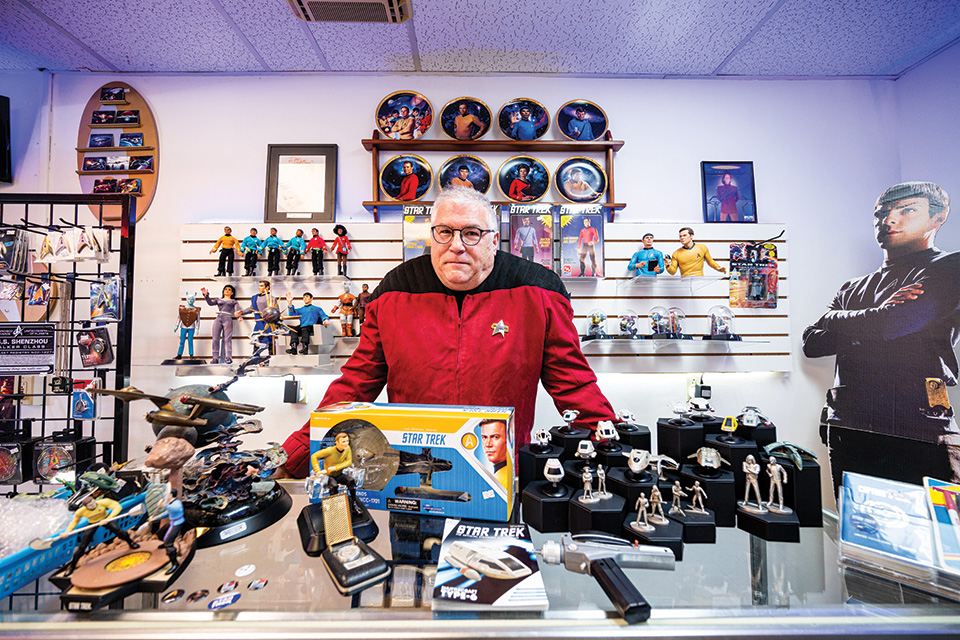Ohio Life
How an Ohioan Created an International Star Trek Fan Club
When “Star Trek” fan Russ Haslage set out to launch a fan club for his favorite science fiction franchise, he turned to the show’s creator. Today, the International Federation of Trekkers has chapters around the globe and a headquarters in Ohio.
Related Articles

Backstory: The Mound Builders
We know little of the long-gone Ohio Adena and Hopewell. Yet their earthworks remain, silent testimony to the grandeur of their civilizations. READ MORE >>

Ohio Finds: Woven Coverlet
This item was made by Frederick E. Hesse in Logan, Ohio, in 1862. READ MORE >>

How a Mother and Daughter Built Frank Lloyd Wright’s Last Home in Ohio
The legendary American architect’s final home design was sitting on his drafting table at the time of his death. More than six decades later, Debbie and Sarah Dykstra put it on the Lake County property where it was always intended to go. READ MORE >>






